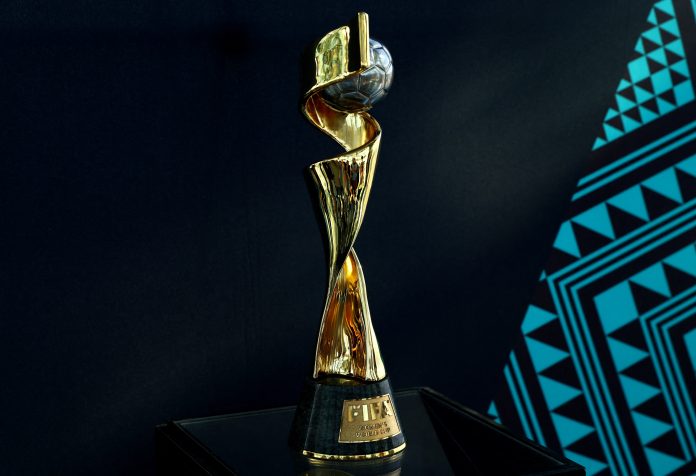
BY AFP
The first-ever 32-team Women’s World Cup begins in Australia and New Zealand on July 20, with the United States aiming to win a third consecutive title in a landmark month for the women’s game.
It has been a rapid expansion for a tournament that featured just 16 teams in 2011 in Germany and 24 sides in France four years ago, when the USA retained the trophy.
That reflects a dramatic rise in interest in women’s football over the last decade, beyond its traditional heartland of the United States, and a swarm of European sides will be aiming to snatch their title this year.
Meanwhile Australia, led by the brilliant Sam Kerr, will hope to make the most of home advantage and go all the way to the final in Sydney on August 20.
This World Cup is not just bigger in terms of the number of competing nations.
FIFA has tripled the prize money on offer compared to 2019, and the total pot which also covers compensation for clubs releasing players is up from $50 million four years ago to $152 million now.
It is a huge rise on the $15 million offered in 2015, and confirmation that it is boom time for women’s football, as huge crowds at club and international matches in Europe in particular recently attest.
– TV blackout averted –
Nevertheless, the prize pot still pales in comparison to the $440 million dished out at the 2022 men’s World Cup in Qatar.
Meanwhile, a stand-off over the sale of broadcast rights in the biggest European countries -– Germany, the UK, France, Italy and Spain –- was only resolved last month.
The threat of a TV blackout was averted late in the day after FIFA President Gianni Infantino had openly criticised the amount of money being offered by broadcasters.
“FIFA is stepping up not just with words but with actions. Unfortunately, this is not the case of everyone across the industry. Broadcasters and sponsors have to do more in this respect,” insisted Infantino in March, as he claimed world football’s governing body was receiving offers amounting to just one percent of what was being paid for the men’s tournament.
One obvious stumbling block for Europe, admittedly, is the time difference, with London and Paris nine and eight hours respectively behind Sydney.
“It is actually terrible business if you are not tuning in,” said Megan Rapinoe, the veteran superstar of the United States team, a cultural icon who transcends the sport.
“You are missing out on a large cultural moment. This is the premier women’s sporting event in the world bar none and this is a paradigm shift globally, not just in the US.”
– Injury plague –
Rapinoe was one of the USA stars who led their fight for equal pay, resulting in a landmark collective bargaining deal last year meaning the country’s men and women would evenly share World Cup prize money paid by FIFA.
